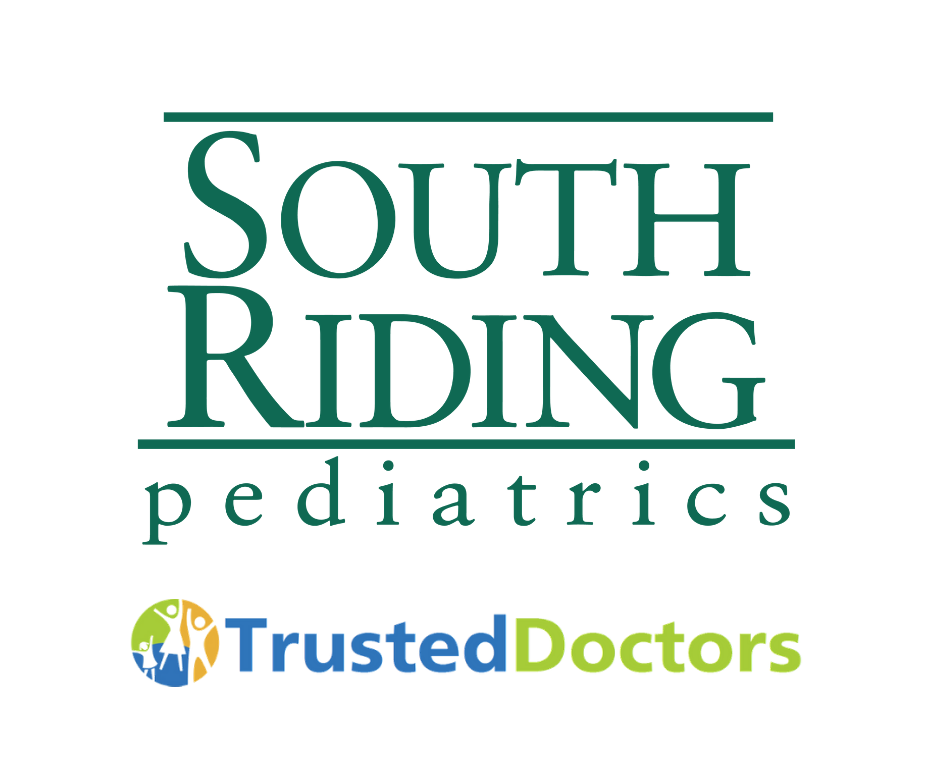Climate change is apparent: heat waves across the country, flooding in coastal cities, wildfires in the west. Higher temperatures, prolonged droughts, and severe storms all have a significant impact on children’s health.
In a recent Pediatrics on Call podcast, Aparna Bole, MD, FAAP, Chair of the AAP Council on Environmental Health, discusses how changing weather patterns are causing chronic health issues in kids. We’ve summarized — and expanded on — the conversation and its takeaways below.
How Does Climate Change Impact Children’s Health?
Allergies
The greenhouse gases that contribute to climate change also can increase seasonal allergies and asthma in children. Carbon dioxide fuels greater pollen production from plants such as ragweed. Warming has also led to earlier springs and longer growing seasons for many plant allergens.
Warming
Hot temperatures lead to higher concentrations of surface ozone, a pollutant that causes asthma attacks in children. Ground-level ozone is produced when pollutants emitted by cars, power plants, industrial boilers, refineries, chemical plants, and other sources chemically react in the presence of sunlight.
Heat waves also make it potentially dangerous for kids to play outside and pose a risk to pregnant women.
Hot, dry weather can fuel forest fires, causing air quality issues and destroying agriculture. Poor air quality has been linked to premature death, cancer, and long-term damage to respiratory and cardiovascular systems. It is also linked to worse COVID outcomes.
Warmer temperatures can also lead to a rise in infectious diseases, particularly those caused by ticks and mosquitos who expand their range as annual temperatures warm.
Destruction of ecosystems and the erosion of boundaries between humans and wildlife can lead to an increase in zoonotic diseases.
Rain and Flooding
Warming also causes sea levels to rise. Rising seas may intrude into coastal groundwater supplies making them unsuitable for drinking or irrigation.
Diseases spread through contaminated water and food may also increase with the heavier rainfall that comes with climate change.
Floods are associated with outbreaks of diarrheal diseases, which are particularly dangerous for infants and young children. Mold that grows in flooded homes can trigger allergies and asthma attacks.
Mental Health
Children can experience trauma from major storms and fires. They can destroy homes, uproot families, and disrupt education, leading to higher levels of stress, anxiety, and depression.
Food Quality and Insecurity
Climate change can disrupt food availability, reduce access to food, and affect food quality. Warming, heavier rainfall, extreme weather, fires, and reductions in water availability may all result in reduced agricultural productivity.
Equity
Climate change disproportionately affects low-income communities and communities of color whose health may already be vulnerable. As weather patterns change and temperatures rise, so do the spread of vector-borne diseases, harmful air pollutants, and food insecurity that affect our health.
“Climate change exacerbates health inequities… when we act on climate, we’re advancing health equities,” says Dr. Bole.
How Can We Act on Climate Change?
Active Transport
Car and airplane travel contributes heavily to our shared carbon footprint. Taking public transit offsets this, as does active transport. Run, bike, rollerblade, scooter or walk when possible. It’s good for your health, your wallet, and the environment.
Plant-Forward Diets
Likewise, reducing your meat consumption has health, financial, and environmental benefits. Approximately 18% of greenhouse gas emissions are associated with livestock production. Swapping out meat and dairy items for plant-based options can have an enormous impact on climate change and your personal carbon footprint.
Purchasing Power
Support companies driven by sustainability and committed to transparency throughout the supply chain. Be thoughtful with your purchases to minimize waste, and consider reused and pre-loved items to keep goods out of our already overflowing landfills.
Energy Efficiency
At home, turn off lights and unplug items when they aren’t in use. Buy goods with high energy-efficient standards and consider making the switch to renewable energy.
How Do You Talk to Your Kids About Climate Change?
Children and teens can experience significant anxiety surrounding their experiences with climate change and the topic of climate change in general. Dr. Bole suggests that you tailor the conversation to your child’s age and do the following:
- Be truthful
- Be hopeful
- Be honest about our opportunities to seek and implement climate solutions
Don’t underestimate your child’s ability to make an impact. Even young children can become climate leaders!
Climate change is related to chronic health issues relating to pediatrics including birth outcomes, school readiness, asthma, obesity, and mental health. Climate solutions are solutions to those health issues. Clean air, vibrant and inclusive cities, and safe and sustainable food systems provide immediate benefits to our children and planet.




